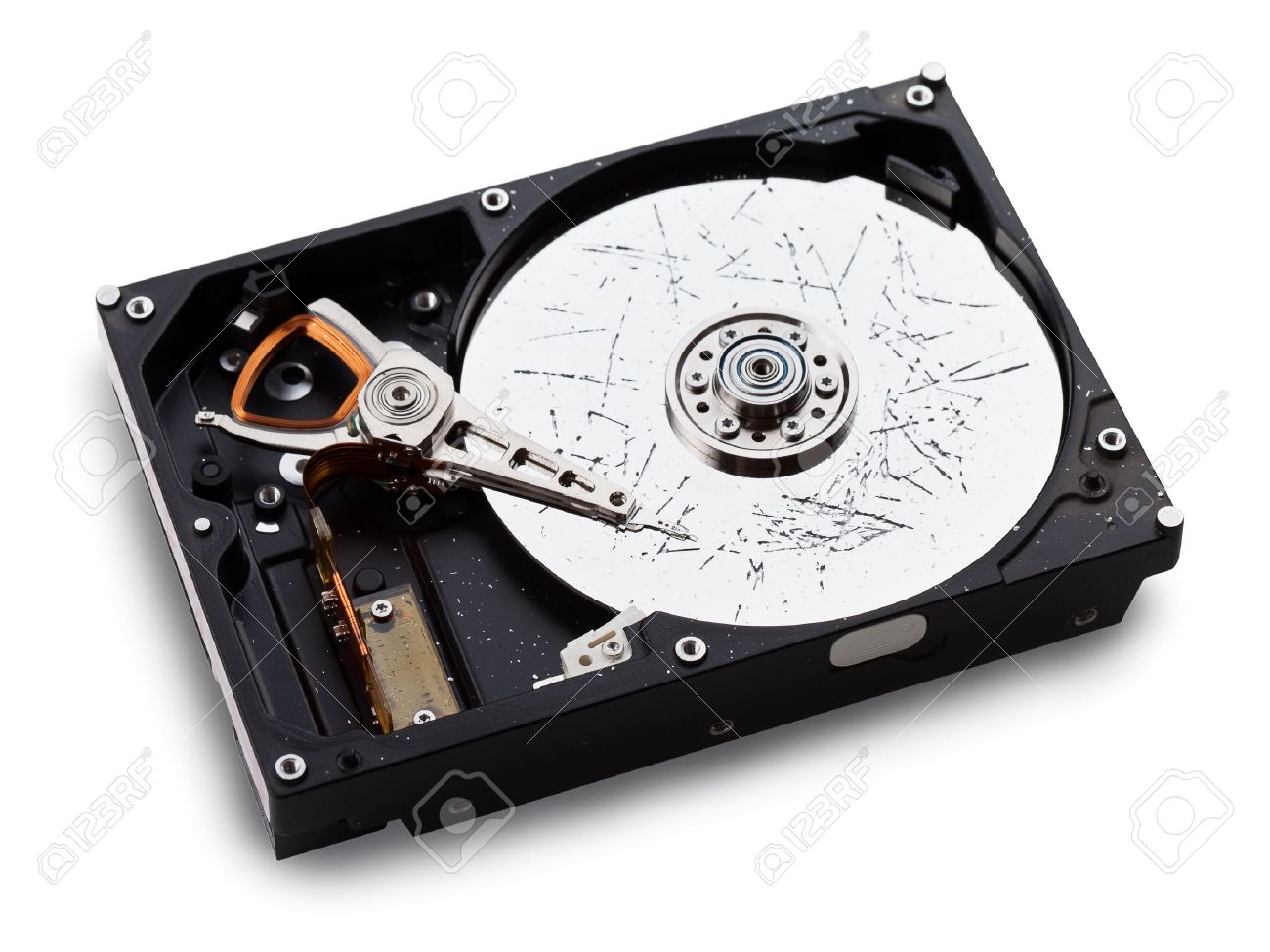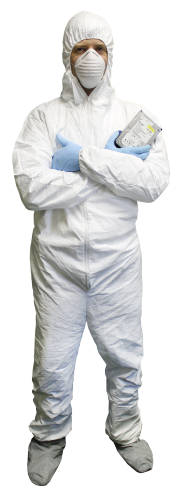
Slow performance: Your computer may become slow and unresponsive, or applications may take longer to load.Ĭorrupted files: Files may become corrupted, or you may see error messages when trying to access them.
SSD HARD DRIVE DATA RECOVERY SOFTWARE
Here are some symptoms that you may experience if your SSD is failing:īlue screen of death (BSOD): You may see a blue screen error message, indicating a hardware or software issue.įailure to boot: Your computer may fail to start up or take a long time to boot.ĭrive not detected: Your computer may not recognize the SSD or show it as missing. Physical solid-state drive (SSD) failure can be caused by various factors, such as power surges, overheating, or mechanical failure. Hard drive data recovery can be complicated or even made impossible by the continued use of damaged solid state hard drives and potentially make the data unrecoverable. It is crucial to stop using a damaged solid-state hard drive before seeking out a data recovery service like the ones offered at Wildfire Data Recovery. The process keeps the data write process fast as you don't have to wait for the block to zero.The first order of business when a data storage device is damaged is to stop using that device. TRIM allows the operating system to tell the SSD which blocks it can pre-zero. However, the operating system might mark a block as empty according to its records, while the SSD is moving data around to ensure even wear. The SSD manages the location of the data, ensuring there is space for the new data to write to the drive. This is known as wear-leveling.ĭata still writes to the SSD. This means that the operating system might request data to be written to block 1,000, whereas the SSD pointer table contains an altogether different number.

SSDs maintain control over where data is written within the cells. Before writing new data to a cell, the SSD must move the existing data to another location on the SSD.ĭuring regular operations, SSDs essentially rapidly zero the data containing cells before rewriting data. Your SSD is different from a regular hard drive due to the data storage technology. While that seems a little convoluted, it means your data remains recoverable, at least for a short period. MTBF describes the SSD reliability over its expected lifetime under normal operation and is typically measured in the tens of thousands of hours. MTBF: The Measurement of Time Between Failures is the third SSD reliability measurement you will see.Like P/E cycles, ratings vary between manufacturers and the SSD technology. For example, a 250GB Samsung 860 EVO SSD carries a 150TBW rating, whereas the 1TB model comes with a 600TBW rating. TBW: The Terabytes Written measurement details how much data you can write to an SSD before it fails.Total P/E cycles can range from as low as 500 up to a high of around 100,000. The number of cycles an SSD can withstand depends on the manufacturer, hardware, and SSD technology. P/E Cycles: A program-erase cycle is a process where data is written to an SSD memory block, erased, and rewritten.Of course, YMMV, but manufacturers test the SSD hardware extensively before releasing it to consumers. There are three common measurements used to describe SSD wear rates. So, while an SSD is more reliable than a mechanical hard drive, it does have components that can and will break. Capacitors degrade over time, the power supply could break, and the controller chip could kick the bucket. That doesn't mean your SSD will not experience any wear and tear. That's because there is no moving arm writing to a spinning disc, like in a traditional hard drive.

You don't have to worry about the mechanical components in your solid-state drive wearing down over time. And when that does happen, how do you recover your data? Can you recover data from an SSD? Why Do SSDs Fail? But that doesn't mean your SSD will not fail at some point.


 0 kommentar(er)
0 kommentar(er)
